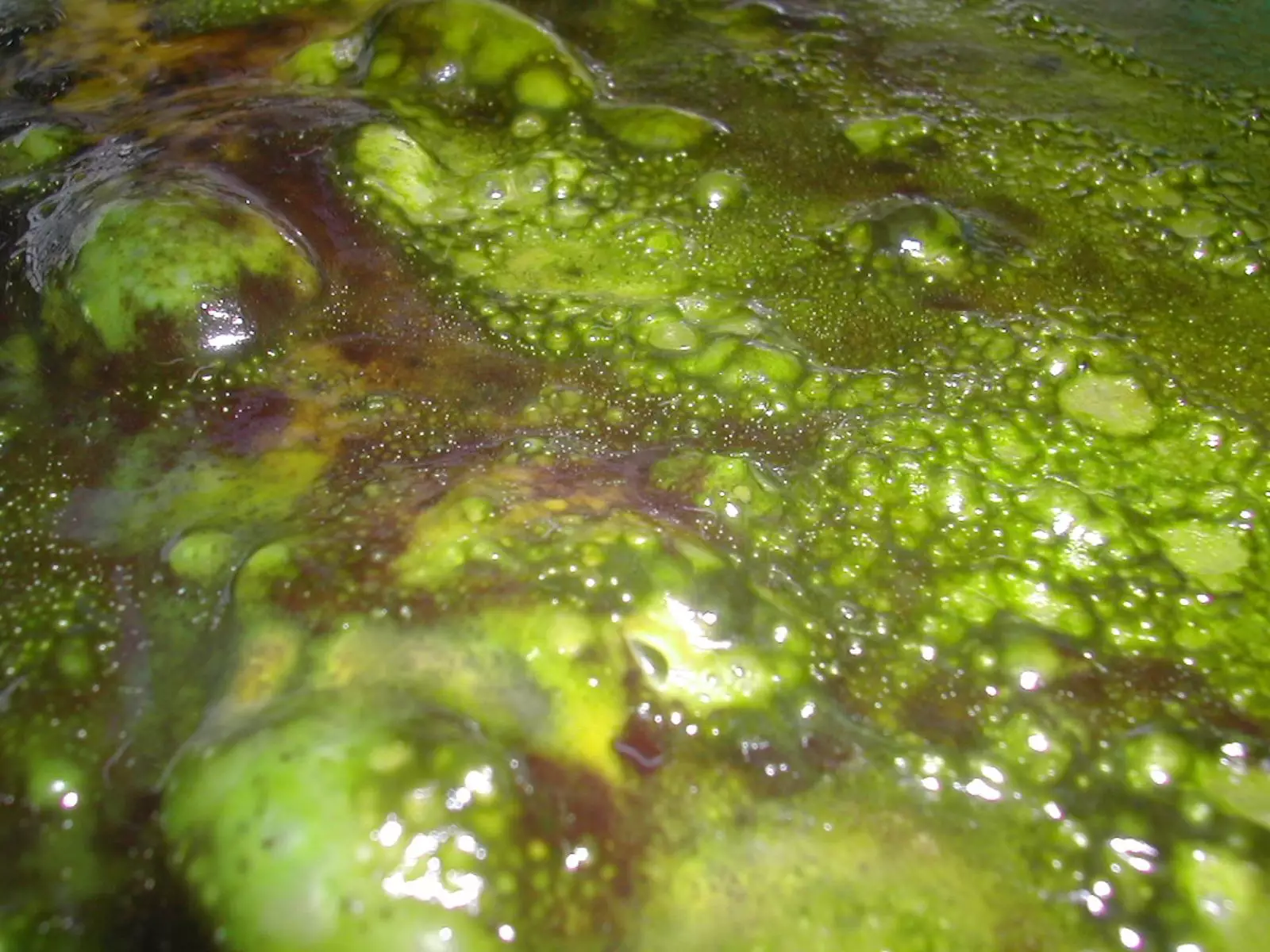Slime algae, often referred to as blue-green algae or smear algae, present a unique challenge for aquarium enthusiasts. Despite its colloquial name, it is not actually an alga but rather a type of bacteria known as cyanobacteria. This organism is characterized by its blue-green pigmentation, but it can also manifest in shades of red, brown, or black, causing aesthetic and ecological issues in aquatic environments. Its slimy texture and tendency to form sheets can create an unpleasant ambiance in your aquarium, often accompanied by a distinct and unwelcome odor reminiscent of stagnant water. Understanding the nature of these organisms is crucial for both prevention and eradication efforts.
Cyanobacteria hold a primeval place in the history of our planet, thriving for over 3.5 billion years. Their ability to photosynthesize allows them to convert light energy into chemical energy, a process that not only feeds them but also produces oxygen as a vital byproduct. This characteristic is integral to why cyanobacteria are both celebrated and vilified. In the distant past, their role was pivotal in creating an oxygen-rich atmosphere, enabling diverse life forms to flourish. The importance of cyanobacteria extends beyond historical significance; they are believed to have been instrumental in the evolution of complex plant life by forming symbiotic relationships with early eukaryotic cells. However, this tenacity and adaptability are double-edged swords—these bacteria can proliferate rapidly in an aquarium setting, leading to troublesome slime algae blooms.
In the context of an aquarium, high levels of dissolved organic matter and excess nutrients usually precipitate cyanobacterial outbreaks. Inadequate water changes and maintenance routines, along with overfeeding, create the ideal conditions for these bacteria to thrive. New tanks particularly struggle with unsettled parameters and an incomplete establishment of beneficial bacteria, setting the stage for cyanobacterial colonization. Surprisingly, even well-maintained aquariums may fall victim to slime algae due to the unique ability of cyanobacteria to fix nitrogen. This not only enables them to survive but can also fuel further growth, regardless of the water quality. Thus, understanding the root causes of these blooms is crucial for implementing effective control measures.
Once slime algae establish themselves, their removal can pose a significant challenge. The physical removal of visible algae is a fundamental first step; this involves scraping tank walls, combing through plants, and vacuuming the substrate thoroughly. However, without addressing the underlying causes, a resurgence is likely. Regular maintenance, including systematic water changes, mitigates the risk of future outbreaks, but these proactive measures may fall short without immediate action when you notice initial signs of cyanobacteria.
Pharmaceutical treatments can offer a more aggressive approach. Erythromycin phosphate, when used carefully at a dosage of 200 milligrams per 10 gallons of water, targets cyanobacteria directly. While effective, this treatment may also disrupt the tank’s beneficial bacterial balance, necessitating close monitoring of ammonia and nitrite levels in the subsequent weeks. Caution is paramount here, as the long-term health of the aquatic ecosystem can hinge upon the delicate balance of microorganisms.
The proverbial ounce of prevention truly is worth a pound of cure when it comes to slime algae management. Regular aquarium cleaning, consistent water changes, and responsible feeding practices form the cornerstone of a healthy aquarium environment. Mitigating overfeeding is particularly crucial; uneaten food contributes significantly to organic waste, encouraging harmful bacterial growth. Even with diligent care, occasional algae development is normal, but a proactive approach can help contain these situations.
In practice, maintaining vigilance is your greatest ally in assessing algae growth. Quick responses to initial slime formations can thwart potentially problematic expansions before they escalate. Understanding the intricate balance of your aquarium, from water chemistry to nutritional inputs, allows for a more resilient aquatic environment capable of minimizing slime algae issues.
While slime algae can be a significant nuisance, taking the time to recognize their biology, causes, and appropriate methods for control can turn the tide in favor of aquarists. Through a commitment to regular maintenance and knowledgeable responses to algal growth, hobbyists can create and sustain a healthy habitat for aquatic life. Embracing the challenge allows for not only a cleaner aquarium but also a deeper appreciation for the diverse ecosystems we strive to nurture.

